At&T Landline Troubleshooting: Quick Fixes & Tips
Are you frustrated with your AT&T landline acting up again? You’re not alone.
Many people find themselves dealing with unexpected issues that disrupt their daily communication. Whether it’s crackling noises, dropped calls, or no dial tone at all, these problems can be incredibly annoying. But don’t worry—help is at hand. Imagine the relief of easily fixing these issues yourself, saving time and potentially avoiding unnecessary service charges.
We will guide you through simple, effective troubleshooting steps that can make your life easier and your landline work perfectly again. Let’s dive in and solve those pesky landline problems together!
Common At&T Landline Problems
AT&T landline troubleshooting often involves addressing static noises and call interruptions. Faulty wiring or outdated equipment frequently causes these issues. Resetting the phone or checking connections can resolve many common problems.
In today’s digital era, landlines might feel outdated, but for many households and businesses, they’re still a lifeline. However, like any technology, even a dependable AT&T landline can run into problems. Understanding the most common issues can help you solve them faster—without unnecessary stress.
No Dial Tone
Picked up your phone and heard… nothing? That eerie silence means there’s no dial tone.
Here’s what you can do first:
-
Check if the phone is firmly connected to the wall jack.
-
Try unplugging and reconnecting the cords.
-
Swap the handset with another one (if available) to rule out device issues.
-
Inspect the cords for visible damage—frayed or loose cords can interrupt the connection.
Sometimes, the fix is as simple as a reconnection.
Static or Background Noise During Calls
Crackling sounds or buzzing noises can make a simple conversation feel impossible.
Possible causes and quick fixes:
-
Electronic interference: Try turning off or moving nearby devices (like routers or microwaves).
-
Weather issues: Heavy rain or wind might affect exterior phone lines.
-
Faulty wiring: Loose or old wiring inside the house can cause static.
If the noise doesn’t go away, it’s best to have a technician check the line—especially if the problem occurs during bad weather.
Dropped Calls
Getting disconnected mid-conversation? That’s not just annoying—it’s disruptive.
What to check:
-
Make sure all cables are plugged in tightly.
-
Test with a newer or different phone to rule out handset issues.
-
Confirm your phone line isn’t being shared with other devices causing interruptions.
Still facing dropped calls? It may be time to reach out to AT&T customer support for further diagnostics.
Pro Tip: Many of these problems have simple fixes. Don’t panic—some basic checks can save you time, money, and frustration.
Basic At&T Landline Troubleshooting Steps

Experiencing problems with your AT&T landline can be frustrating—especially when you’re trying to stay connected with family, friends, or during important calls. But don’t worry—before reaching out to customer support, there are some basic yet powerful troubleshooting steps you can take at home.
These methods are quick, simple, and often effective enough to fix the problem on your own.
1. Check All Connections
Start with the obvious—but most overlooked—step: checking every connection.
-
Are all phone jacks properly plugged in?
-
Is the handset firmly seated in its base?
-
If you’re using a cordless phone, is the base plugged into both power and the phone line?
Tip: Sometimes just unplugging and replugging can bring the line back to life. Give the plug a gentle wiggle to see if that helps.
2. Test With a Different Phone
Still not working? Try this simple test.
-
Unplug your current phone and connect a different one to the same jack.
-
If the second phone works, your original handset is likely faulty.
-
If neither works, the issue could be with the wall jack or phone line.
Why it matters: Swapping phones helps isolate whether the issue lies in the device or the connection.
3. Inspect the Phone Cords
Don’t underestimate the impact of a worn-out cord.
-
Look closely for cuts, frays, or bent pins on the connectors.
-
Even minor cord damage can lead to static, dropped calls, or no dial tone.
Quick fix: Replace any suspicious cords. A new phone line cord is inexpensive and could instantly restore full functionality.
Reminder: These small checks might seem basic, but they’re often all it takes to get your landline working again. Before assuming it’s a major technical issue, try these simple steps—you may be surprised at the results.
Advanced At&T Landline Troubleshooting
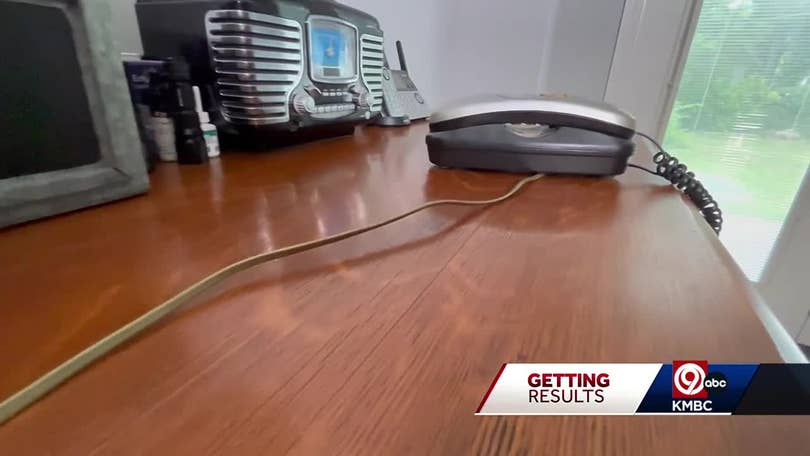
If basic troubleshooting didn’t resolve your AT&T landline issues, don’t worry—there’s still more you can do. These advanced troubleshooting steps are designed to uncover deeper problems that may not be immediately obvious. Let’s walk through some effective methods to get your landline back in perfect working order.
1. Reset Network Settings
Sometimes your system needs a reset—just like you do after a long day.
-
Resetting network settings can fix hidden glitches that might be interfering with your landline connection.
-
It doesn’t delete personal data, but it does refresh your connection settings.
How to do it:
-
Go to your phone’s Settings menu.
-
Locate the Reset or Network Settings Reset option.
-
Follow the prompts to complete the process.
Think of this like a reboot—it gives your system a clean slate to work from.
2. Examine All Phone Jacks
Your landline depends on stable connections—and faulty jacks can quietly cause major issues.
What to check:
-
Inspect each jack for visible damage, cracks, or loose wiring.
-
Gently wiggle the cords to ensure the connections are snug.
-
Try plugging your phone into a different jack to test functionality.
Pro Tip: If you find a damaged jack, replacing it or tightening the connections might restore your service immediately.
3. Test with a Cordless Phone
Sometimes the problem isn’t the connection—it’s the phone itself.
Try this:
-
Borrow or use a cordless phone and connect it to the landline.
-
If it works perfectly, your old wired phone might be the issue.
-
If the cordless phone also struggles, the fault likely lies in the phone line.
This step is simple, but it can help narrow down the root cause of the issue quickly.
Reminder: These steps aren’t just for tech experts—they’re for anyone who wants to take control of their communication setup. Each method gets you closer to a clear, reliable landline experience.
When To Contact At&t Support
Experiencing issues with your AT&T landline? Reach out to AT&T support when calls drop or there’s no dial tone. Immediate assistance is vital for resolving persistent problems quickly.
When your AT&T landline stops working, it’s easy to feel frustrated—especially if you’ve already tried basic and advanced troubleshooting. But knowing when to contact AT&T support can save you time, reduce stress, and get you back on track faster.
Let’s explore the right moments to reach out for professional help.
1. Identifying Service Outages
Before diving into complex troubleshooting, make sure the issue isn’t affecting your whole area.
Here’s how to check:
-
Visit AT&T’s official website or use the myAT&T app to see if there’s a reported outage in your region.
-
Ask neighbors if they’re facing the same issue. If they are, it’s likely a broader outage.
Good to know: If it’s a known outage, you may not need to call—AT&T is probably already working on it.
2. Reporting Persistent Issues
Have you tried all the steps—but nothing works?
That’s your cue to reach out.
What you should do:
-
Document the issue: when it started, how often it happens, and what you’ve already tried.
-
Let AT&T know if the problem is disrupting your daily life.
Examples of persistent issues:
-
No dial tone for several days
-
Static on all calls, despite replacing cords and phones
-
Calls dropping repeatedly with no pattern
These kinds of recurring problems could be signs of a more serious issue that needs expert repair.
3. Requesting Technical Assistance
Sometimes, the problem is out of your hands—and that’s perfectly okay.
When to call for help:
-
You’ve tested multiple phones and jacks with no success.
-
There’s visible damage to phone lines or jacks that you can’t safely fix.
-
Resetting your system didn’t help, and the line is still dead or noisy.
What to prepare before calling:
-
Your account number
-
Description of the issue
-
Timeline of when the problem started
-
What troubleshooting steps you’ve already tried
Reaching out for technical support doesn’t mean you’ve failed—it means you’re ready for a lasting solution.
Preventive Maintenance Tips for Your AT&T Landline
Keeping your AT&T landline in top condition isn’t just about fixing issues—it’s about preventing them. Regular maintenance can save you time, money, and the hassle of unexpected disruptions. Here are some simple, effective ways to maintain your landline setup and keep it running smoothly.
1. Regular Cord Inspection
Your phone cords are the unsung heroes of a clear connection—but they don’t last forever.
What to do:
-
Inspect cords regularly for cracks, frays, or discoloration.
-
Replace any damaged or aging cords promptly to prevent sound issues or dropped calls.
-
Clean cords with a dry, soft cloth to remove dust and debris.
A clean, undamaged cord ensures strong signal transmission and reduces noise.
2. Avoid Overloading Jacks
Plugging too many devices into a single phone jack can lead to connection instability.
Tips:
-
Distribute phones and devices across multiple jacks in your home.
-
Inspect each jack for looseness or wear.
-
If a jack feels loose or devices aren’t connecting well, consider repair or replacement.
Avoid overloading—each jack performs best when handling fewer connections.
3. Keep Equipment Clean
Like any electronics, your landline phone system can be affected by dirt and dust.
Best practices:
-
Clean phones and base stations with a dry microfiber cloth.
-
Use mild cleaners if needed—but never apply liquid directly to the phone or jack.
-
Keep dust out of jacks by cleaning around them gently and regularly.
A little cleaning goes a long way in ensuring consistent performance.
By taking these small preventive steps, you’ll help extend the life of your landline equipment and enjoy clearer, more reliable service—day in and day out.
Helpful Tools And Resources
Troubleshooting your AT&T landline can feel overwhelming—especially when the issue is persistent. Fortunately, AT&T provides a variety of support tools and resources that are easy to access and designed to help you find solutions quickly. From step-by-step guides to community forums and live support, here’s where to turn when you need help.
1. AT&T Troubleshooting Guides
AT&T’s official website features a wide range of troubleshooting guides for landline users.
Why they’re helpful:
-
Offer step-by-step instructions with clear visuals
-
Address common landline issues like no dial tone, static, dropped calls, etc.
-
Ideal for users who prefer a structured, self-help approach
Where to find them:
-
Visit the AT&T Support Site and navigate to the Home Phone section
These guides are regularly updated and easy to follow—even for non-tech-savvy users.
2. Online Support Forums
Need advice from other users? AT&T’s community support forums are a great place to start.
Benefits of using the forums:
-
Connect with others facing similar issues
-
Read through previous questions and answers
-
Post your own questions and get input from both users and AT&T moderators
Tip: Use the search function to find answers instantly without posting a new thread.
These forums offer a combination of real-world experiences and expert monitoring.
3. Customer Service Contacts
If self-help doesn’t work, direct communication with AT&T’s customer service team is your next best option.
Contact methods include:
-
Phone support
-
Live chat
-
Email support
Before contacting them:
-
Have your account number, service address, and a brief description of the issue ready
-
Make note of the steps you’ve already tried
Where to find contact details:
AT&T representatives are trained to handle landline-specific issues and can guide you to a quick resolution.
By exploring these support options, you’ll be better prepared to handle any landline problem—big or small. Whether you prefer self-service tools or live assistance, AT&T has the resources to help.
Frequently Asked Questions
Why Is My At&t Landline Not Working?
Check for loose connections. Ensure your phone is plugged in properly. Also, verify if there’s a service outage.
How Can I Fix Static On My Landline?
Move any electronics away from the phone. Try a different phone cord. Static often results from interference.
What Should I Do If There’s No Dial Tone?
Ensure the phone is securely connected. Test with another phone. Still no tone? Contact AT&T support.
How Do I Report A Problem With My At&t Landline?
Visit the AT&T website. Use the support section to report your issue. Customer service is available 24/7.
Why Does My Landline Drop Calls?
Inspect the phone line for damage. Test with another phone. Frequent drops may require professional repair.
Conclusion
Solving AT&T landline issues can seem tough, but it’s possible. Start with basic checks. Ensure all cables are secure. Test with different phones. Still not working? Contact AT&T support for help. They provide solutions for common problems. Keep your landline functional with regular maintenance.
Simple steps often fix issues quickly. Stay patient and persistent. Your landline can work smoothly again soon. This guide serves as a helpful resource. Use it whenever you face landline troubles. Thanks for reading.


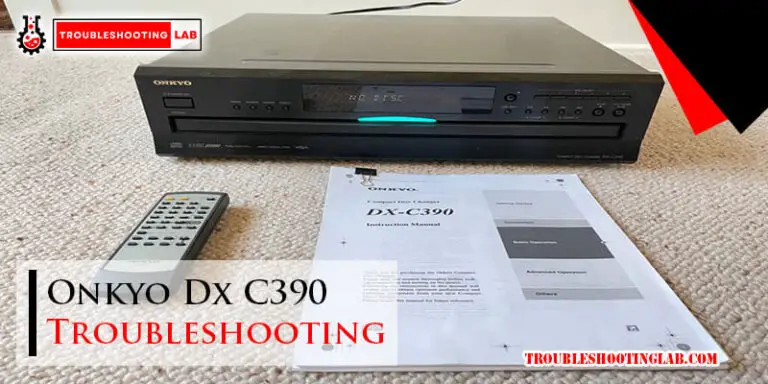
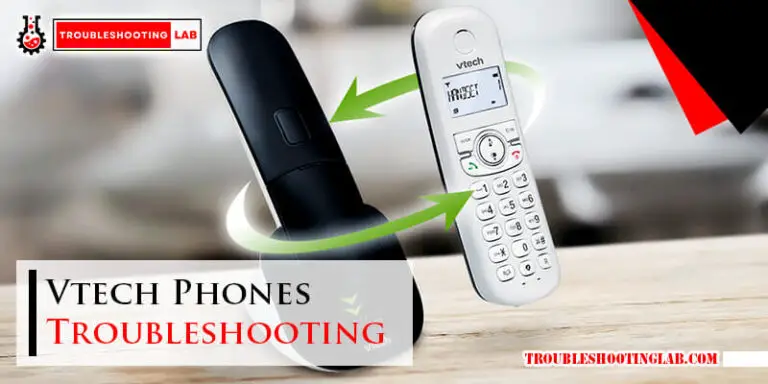
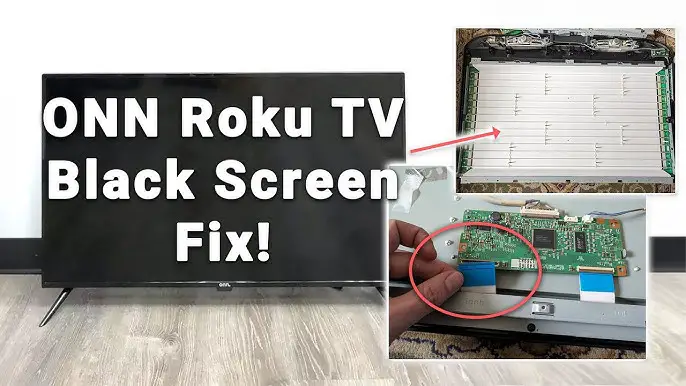
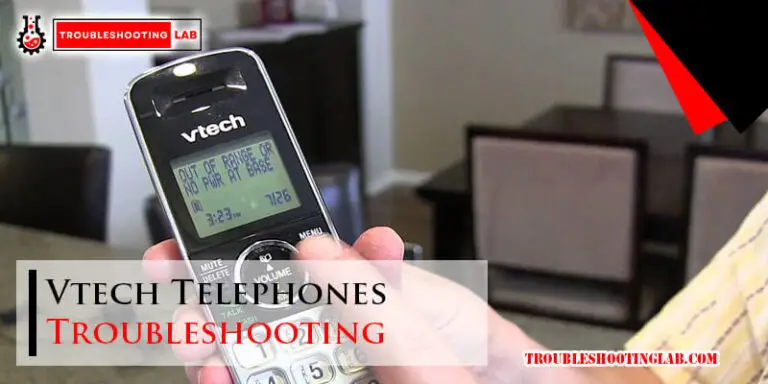

Hello, saturday the electric went off for a couple minutes, when it came back on the phone was saying out of range , well, i checked everything because i just switched to 5 g for internet. well i looked up on line and it said to hit the star key put in these number then put in the pound key. which i did this now it says to register , no matter what phone i put in the base it will not register. i even had verizon in today because they were ot sure if it was there line or not. nope just the phone, the model number on the set of phones i have is CL82465 . SN WD-700024382. any help in this matter is greatly apreicated.
Hi there, thank you for your detailed comment!
It sounds like your AT&T CL82465 phone system lost its connection to the base after the power outage, and now it’s stuck on the “Register” screen. This is a common issue with AT&T cordless phones, especially after electrical interruptions or network changes like switching to 5G internet.
Here are a few troubleshooting steps you can try:
If none of these steps work, the handset or base unit may have been damaged during the outage. In that case, a replacement base or contacting AT&T Support may be necessary.
Hope this helps, and let us know if the problem continues!